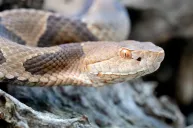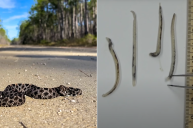You've certainly heard about heat waves plaguing the country this summer, but you might've missed another theme in the news: There are also more snakes out and about than usual—and more snakebites.
According to a study released by Emory University in July, the two are directly related. Researchers analyzed emergency department visits reported by the Georgia Hospital Association from 2014 to 2020 and compared them to the weather at the time. They found that the risk of being bitten by a snake increased dramatically when daily temperatures were higher.
More specifically, the researchers found that your risk of being bitten by a snake jumps 6% with every degree of Celsius (roughly every 2 degrees Fahrenheit) that the temperature increases.
This isn't altogether surprising. Back in June, the UK released a reminder that snakes are more active in the heat and advised people to carefully watch pet snakes for escape attempts. The PSA came after the RSPCA, the UK's largest animal charity, had a record number of calls about escaped snakes during a heat wave in June, including a 6-foot boa constrictor that was found under a garden shed.
In the U.S., Florida has been under a historic heat wave over the last five weeks; simultaneously, one Florida neighborhood has reportedly become overrun with more than two dozen ball pythons that were most likely someone's pets. While there's no details on whether the pythons escaped themselves or were released, we're still seeing more snakes abound than usual.
Meanwhile, two of the most common snake territories—Texas and Arizona—have been in the headlines for hitting 30 consecutive days over 100 degrees and 110 degrees, respectively.
Because temperatures are unlikely to cool anytime soon, here's everything you need to know about snake activity during heat waves.
Snakes On the Move
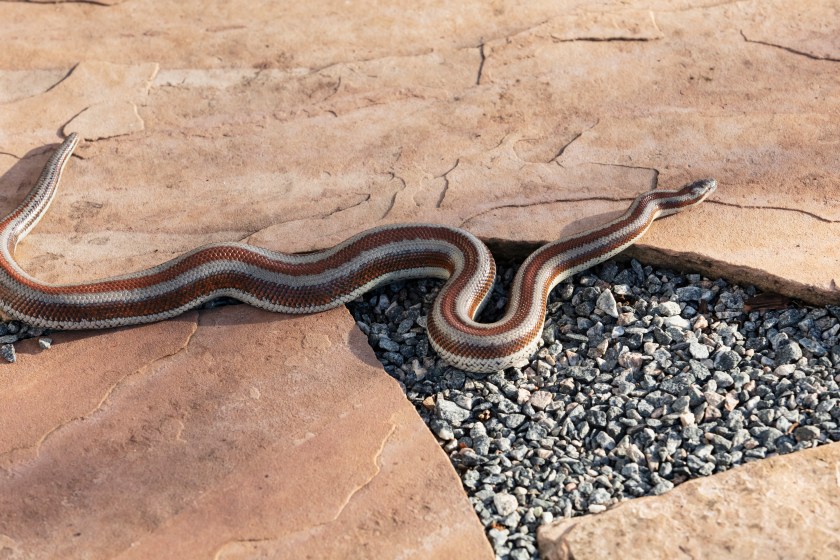
Getty Images, kali9
Snakes, like all reptiles, are cold-blooded. They are also ectothermic, meaning they rely on external sources of heat to power their metabolism and other bodily processes. In the winter, snakes go into a state called brumation, similar to hibernation. Their metabolism slows, and they sleep for long periods.
As winter eases and temperatures begin to warm, snakes begin emerging from their hiding spots. And with increasingly shorter winters, snakes are ending their brumation periods earlier and earlier.
As temperatures begin warming earlier in the spring and staying warm later into the fall, snakes are sticking around for more of the year, soaking up any excess sun they can.
However, too much of a good thing can be deadly. While snakes are most active between temperatures of 68 and 80 degrees, temperatures over 90 degrees can cause a snake to overheat. An overheated snake can always seek shade or go into underground burrows, or wait until nightfall to be active. But too many hot days in a row can make a snake's territory inhabitable.
In that case, the snake has two choices: migrate to cooler climates, or die.
Many snakes choose the former.
Snakes Are Migrating North
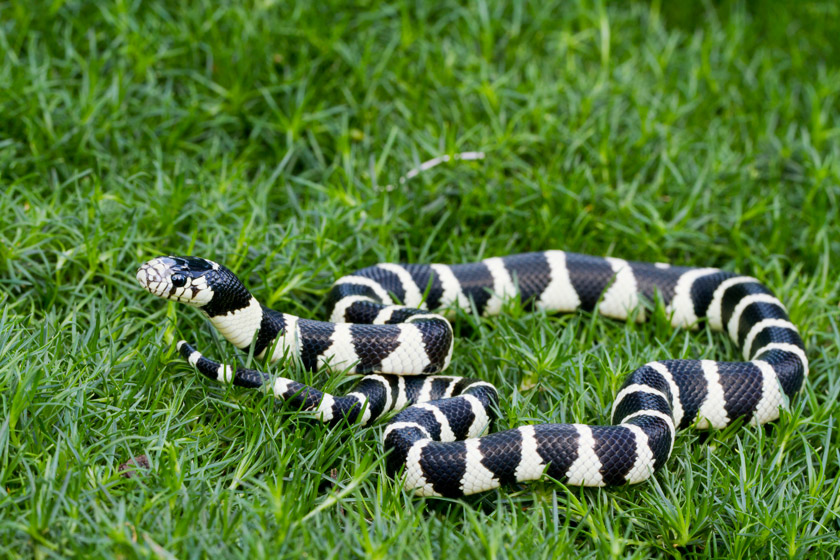
Snake species have already started slithering their way into new territories.
Three species of giant, exotic snakes—native to Southeast Asia, sub-Saharan Africa, and Latin America—have found a comfortable home in Florida.
It's likely that these species (the Burmese python, the North African python, and the boa constrictor) didn't wind up in Florida on their own but were escaped pets like those being found in the UK at the moment.
However, unlike northern climates such as the UK, Florida's climate is plenty warm for these snakes, and they have bred and thrived.
The Burmese python in particular has proved incredibly invasive, numbering between 30,000 and 150,000 in the Everglades alone, and it poses a huge threat to native wildlife in Florida.
Snakes are also starting to move farther north. Researchers in China have found that the distribution of snake species there has changed in the past 50 years, with their territories primarily shifting northward in relation to rising temperatures.
If temperatures continue rising at the projected rate, snakes could make their way to famously snake-free Alaska by 2100.
Thankfully, Venomous Bites Aren't On the Rise
While the recent study by Emory University—showing that your risk of being bitten by a snake jumps with the temperature—wasn't great news, there were some positive tidbits from it.
For starters, during the six years of hospital visits it analyzed, there were 5,000 snakebite hospitalizations—but only 3,908 were from venomous snakes. The other 1,100 were nonvenomous. However, medical professionals recommend treating every bite as if it is venomous and seeking emergency care. Snakes can be hard to identify in stressful situations, and even nonvenomous snakes can break the skin and cause infection or an allergic reaction.
Also, only 10 to 15 percent of snake species worldwide are venomous, so you're more likely to come across a nonvenomous snake than a venomous one in your adventures. And, thankfully, even if you do come across a venomous snake and are bitten, the odds are good that you will be OK if you seek immediate medical care. While an estimated 8,000 venomous snakebite incidents occur per year in United States, only five or six of these bites are fatal.
In fact, according to the University of Florida's Johnson Lab, you're nine times more likely to die from being struck by lightning than to die of a venomous snakebite.
What's more, the researchers looked into other venomous creatures such as spiders, scorpions, and wasps, but found that only snakebites increased with rising temperatures.
Oh, and We Have a Shortage of Antivenom
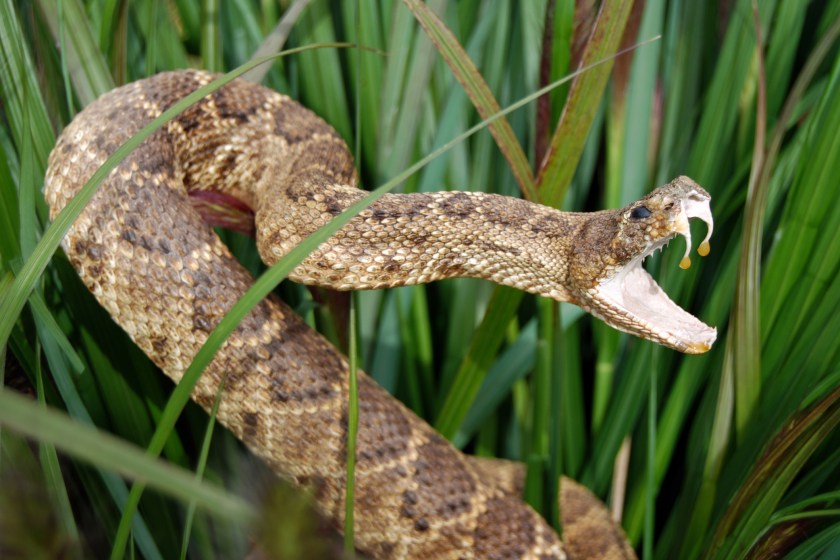
liveslow/Getty
Heat waves already send thousands of Americans to the emergency department each year for heat-related illnesses.
But with increasing summer temperatures, more people may soon be headed to the emergency room seeking something a little more unexpected: antivenom.
The pet snakes currently Houdini-ing their way out of their enclosures in the UK are nonvenomous; so other than causing a jump scare, they are largely harmless to humans. However, the same cannot be said about native species.
While many snakes in the United States are completely benign, there are also over 30 species of venomous snakes. As native species begin migrating north and adapting to warming temperatures, venomous snakes could start coming into contact with humans more frequently.
An estimated 7,000 to 8,000 people are bitten by venomous snakes each year in the United States. Thanks to quick medical care, roughly five people out of these thousands die from the bite, although 10% to 40% of rattlesnake victims have lasting injuries.
With increasing snake activity and expanding territories, it is likely that these numbers will begin increasing. Places such as sub-Saharan Africa have recently seen an explosion in snakebites, and researchers have already begun calling for better access to antivenom, particularly in poor, rural areas.
Only around 40 labs in the world make antivenom, and a few of those are in the United States. However, making antivenom can be a lengthy process; and over the past several years, many pharmaceutical companies have stopped producing antivenom because it is not cost-effective.
This has already led to a shortage crisis in many areas of Africa and India, one that is likely to spread if action isn't taken to increase antivenom production.
What You Should Do as Snakes Become More Active
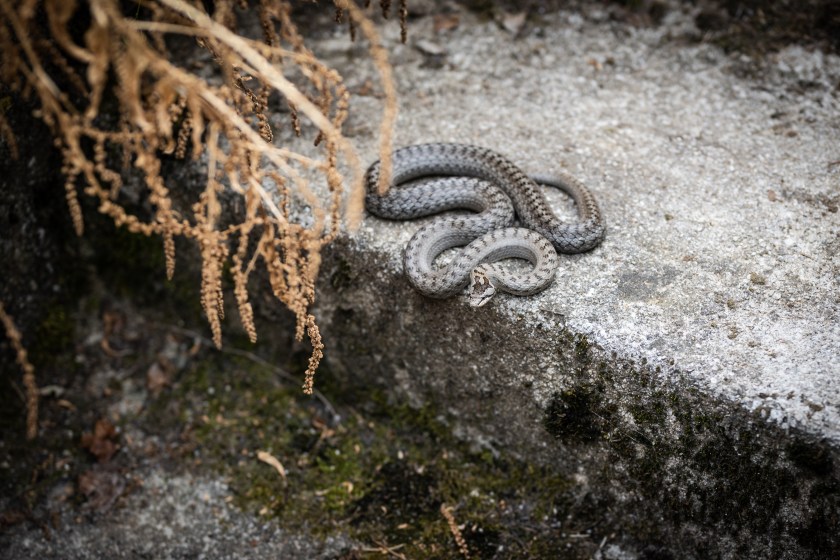
Getty Images, RobertPetrovic
With summer temperatures unlikely to cool down anytime soon, a little extra snakey-vigilance is in order:
- If you own pet snakes, make sure their enclosures are secure at all times. Your neighbors will thank you, as will the native wildlife.
- On hot days, keep a watchful eye out for snakes, particularly in shaded, hidden areas such as under decks or in tool sheds, even if you live in an area that is generally snake-free.
- If you find a snake on your property that is bothering you, make sure to call in the professionals to handle it. Most snakebites happen when people try to move or kill a snake themselves.
READ MORE: Hiking in Rattlesnake Country: How to Stay Safe and What to Do if You Get Bit

